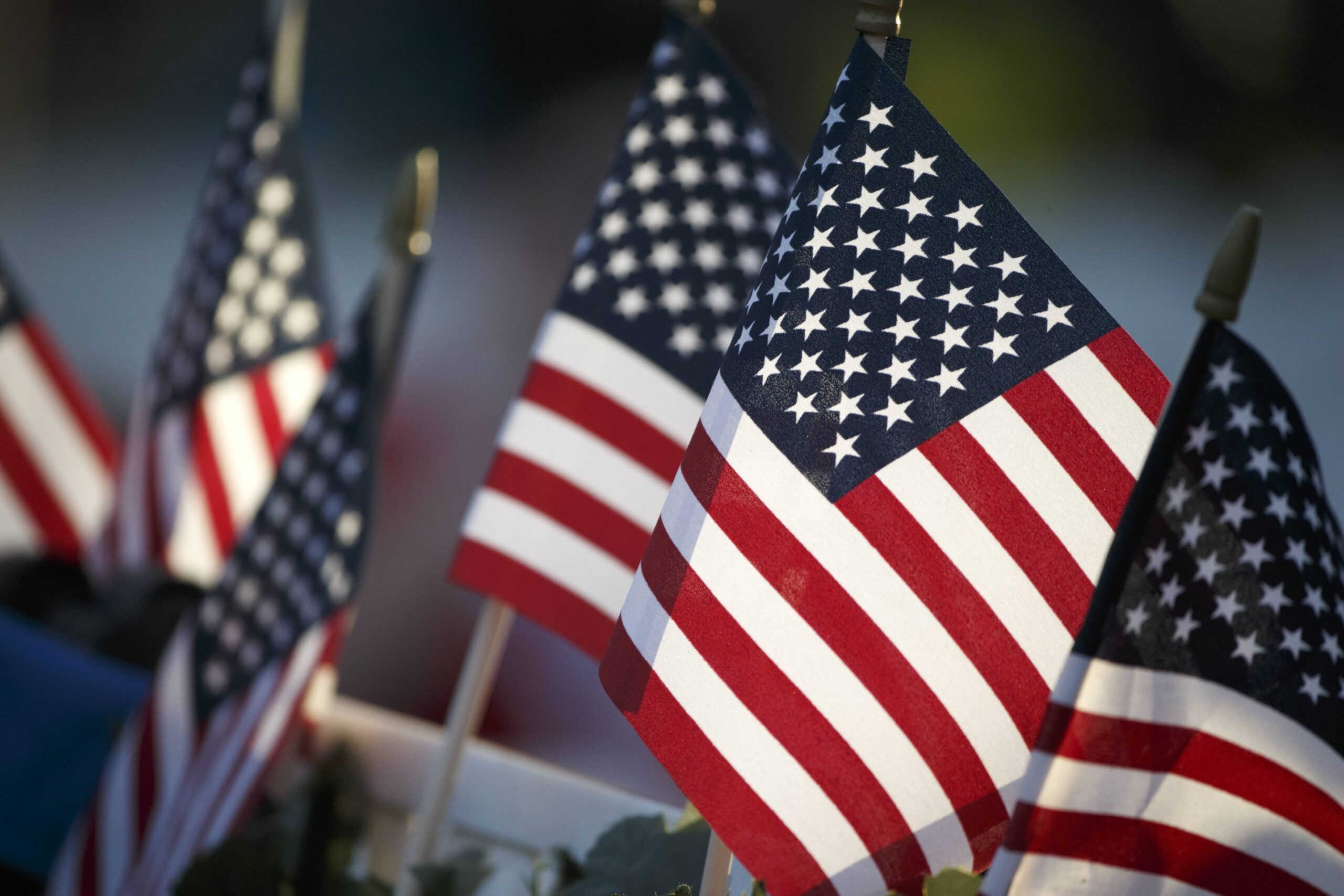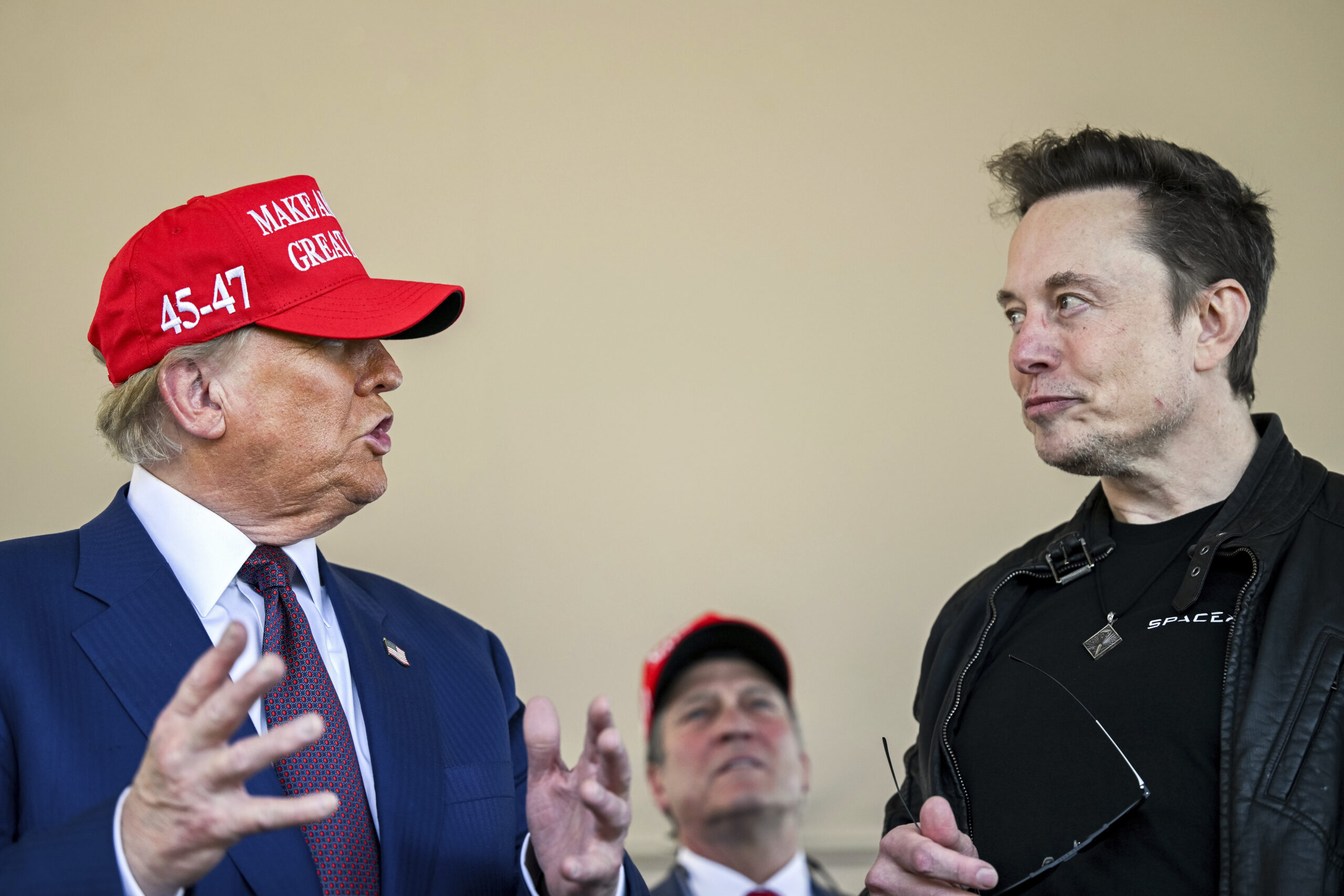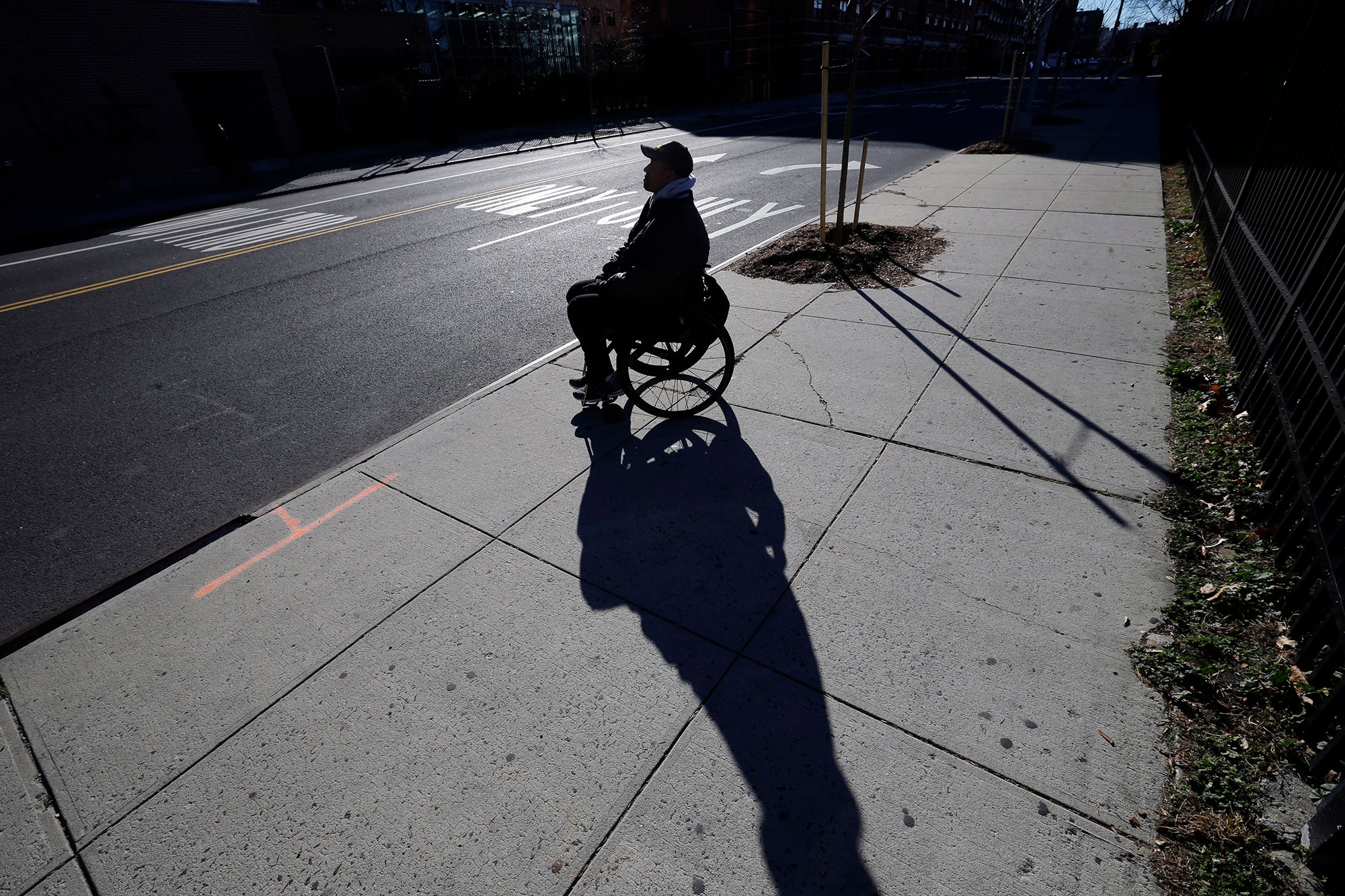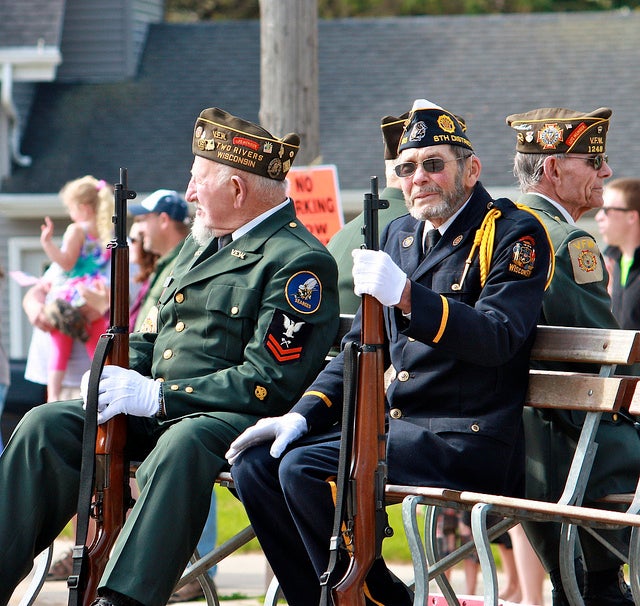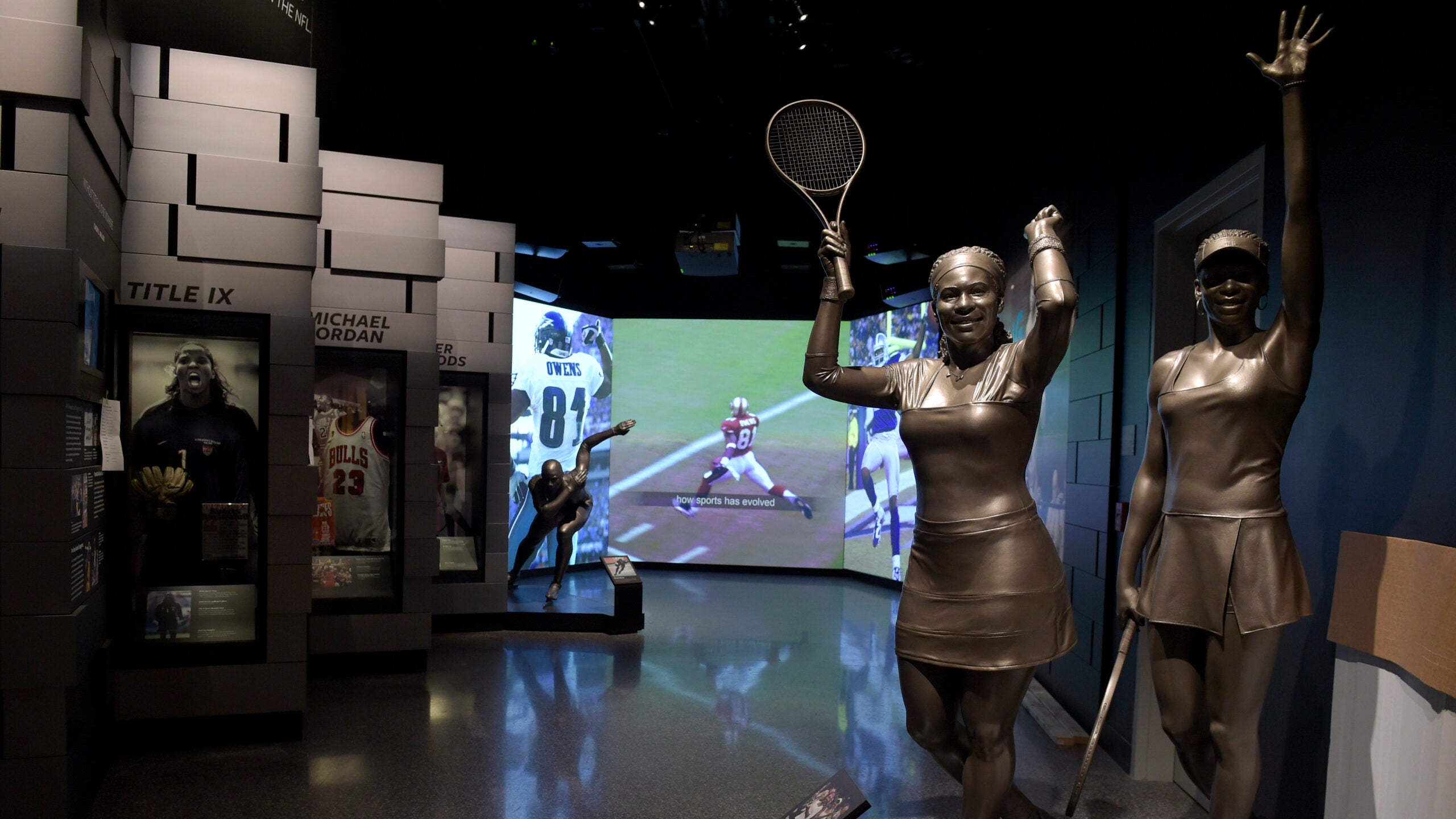When Wisconsin natives Yolanda Medina and Kimberly Stuart served in the nation’s armed forces, they were trailblazers for women in the military.
Medina was a pioneering aircraft technician in the U.S. Marine Corps during the 1980s. Stuart was the first woman to serve as electromechanical team chief in the U.S. Air Force and Air Force National Guard. She served from 1988 to 2003.
Both are featured in a Wisconsin Veterans Museum exhibit about women in the military with oral histories from local veterans. The exhibit started as a campaign featuring photos of Oregon women and spread to become a nationwide effort.
Stay informed on the latest news
Sign up for WPR’s email newsletter.
“The most interesting thing that I found about some of these women is that these women in Wisconsin were some of the first women performing their particular jobs in the military, especially really recent ones,” said museum assistant director Jennifer Van Haaften in a recent interview with Wisconsin Public Radio’s “The Larry Meiller Show.”
The museum is seeking to collect even more veterans’ stories, especially from people in marginalized groups and those serving in the last 10 years. Van Haaften said the museum aims to include histories from women, Indigenous, Black, Latinx, Asian or LGBTQ+ veterans.
“That’s one of the things that we’re always hoping for,” she said. “If people hear us talk about the stories that we’ve gathered so far, they would think of a relative, or they themselves have served and would maybe want to stop in and share that story with us.”
Social media, Van Haaften said, gives the museum opportunities to get more stories out there.
“We only have so much space to tell our stories (in the museum),” she said.
The veterans’ stories also branch outside the confines of the museum’s physical space in Madison through traveling exhibits. The “I Am Not Invisible” campaign features Medina and Stuart and other women in the military. It includes pop-up banners for libraries, schools and community spaces. The only costs involved are for shipping materials.
Van Haaften said getting first-person interviews, such as with the oral histories, is crucial to documenting these stories.
“We find that if we can actually talk to the service member themselves, we get such a rich, deep story from them about what their service was like,” she said. “That, I think, adds so much more depth.”
If you’re interested in sharing your experience for the project, visit here.
Wisconsin Public Radio, © Copyright 2025, Board of Regents of the University of Wisconsin System and Wisconsin Educational Communications Board.
